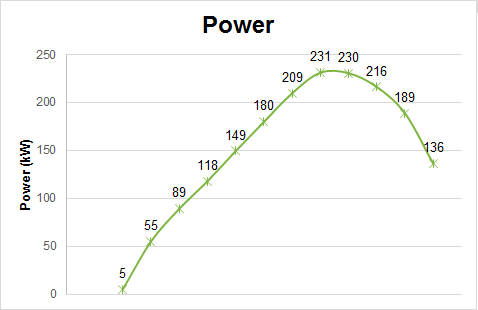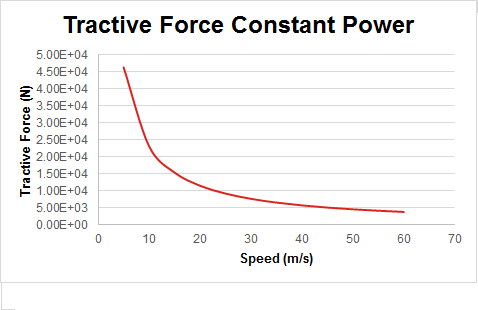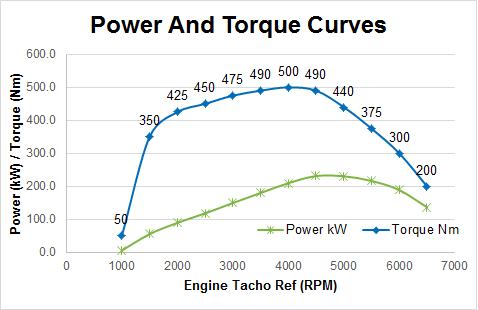xpensive is correct here, you other guys are overcomplicating this big time!
Mechanical path of force moving the car is:
1: cylinder pressure (lbs/square inch), acting on a
2: piston (square inches), giving force (lbs) to the
3: crankshaft with a radius (ft), makin torque (lb.ft) through a
4: gearbox which multiplies the torque by reducing the speed at different ratios to suit the engine and make better use of the energy available, which a
5: final drive can fine tune for different wheel/gearbox setups. At this point we're still talking about a rotational torque at the hubs. The
6: Wheels give a radius between the "torqued" hub and the contact patch. This gives force to accelerate the car.
Higher gearing ratios, giving a higher force acting on the contact patch, is the reason why you accelerate faster in 1st gear than in 3rd gear.
This mumbo jumbo about "internal friction forces overpowering available force" can be thrown away, your conrods, wrist pins, block or valvetrain have given up way before this is even close to reality.
The reason why power (kW) is the relevant factor every time is this: When you increase the torque at the hubs by reducing the speed, the torque increase and speed decrease factors are the same. This means that, if you disregard drivetrain losses, your power at the wheels stay the same whatever gear you have. This is why, as someone said earlier, you want horsepower. You got a gearbox for the rest.
Bottom line, you can have 10.000 Nm of torque and not move at all. It's just the available torque. A bolt can have torqe, but your part doesn't move. Power indicates speed. 0 Nm and 10000 rpm is no acceleration force. 10.000 Nm and 0 rpm is still standstill. You need both, but given enough speed 1 Nm is all you need.
- Login or Register
No account yet? Sign up





